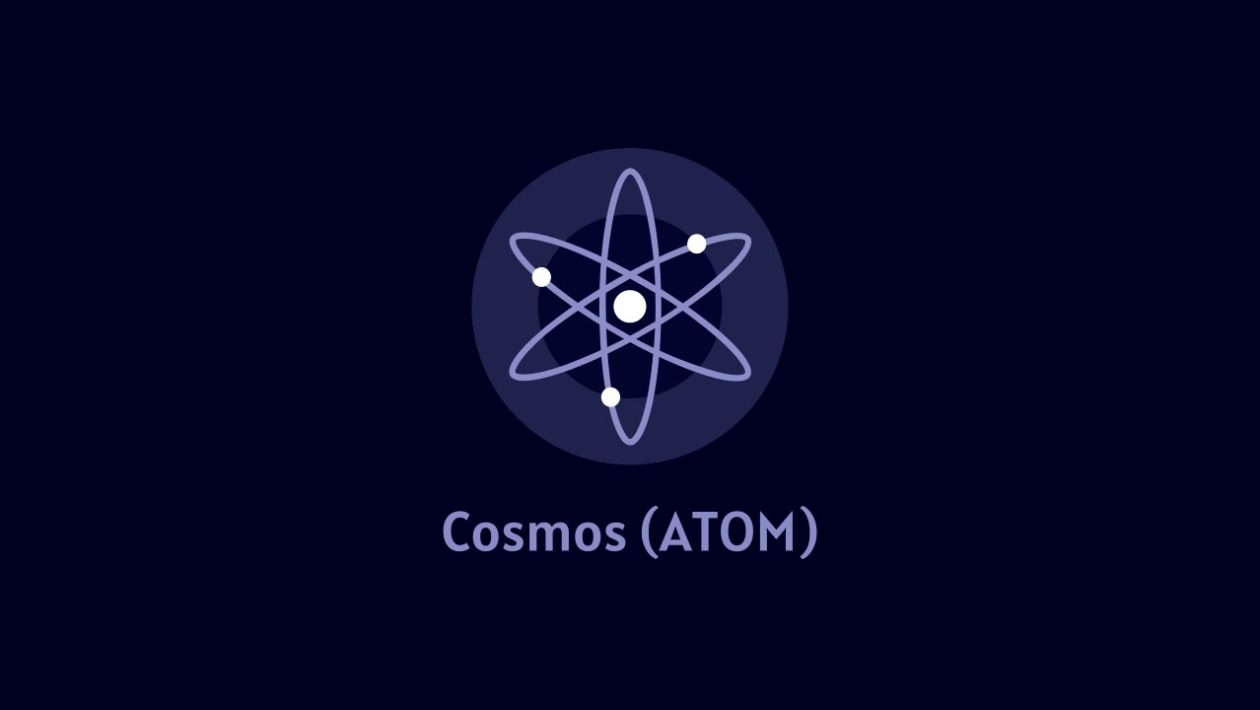In the world of cryptocurrencies, stability is a crucial factor for widespread adoption. This article explores the volatility of Cosmos (ATOM), a prominent cryptocurrency asset, and delves into the various stability measures implemented within the Cosmos network. Volatility is the nature of the crypto market so we need to keep this in mind while we trade or invest. Unlock the potential of Bitcoin trading by visiting https://bitcoin-mastery.app/, where even beginners can execute profitable trades and maximize their earnings.
Stability Measures in Cosmos
One of the key stability mechanisms within Cosmos is the integration of stablecoins and pegged assets. Stablecoins are cryptocurrencies designed to maintain a stable value by pegging them to an external asset, such as a fiat currency or a basket of commodities. By incorporating stablecoins within the Cosmos network, users can transact and hold assets with reduced exposure to price volatility.
Another important stability measure in Cosmos is the utilization of liquidity pools and decentralized exchanges (DEXs). Liquidity pools are pools of funds that are locked into smart contracts, providing liquidity for trading. DEXs, on the other hand, are decentralized platforms where users can trade cryptocurrencies directly with each other. These mechanisms ensure that there is a sufficient supply of assets available for trading, which can help stabilize prices and reduce sudden price fluctuations.
Cosmos also employs stability modules and algorithmic mechanisms to maintain stability within the network. These modules and algorithms monitor the market conditions and adjust parameters such as transaction fees and block rewards to maintain stability. By dynamically adapting to market dynamics, Cosmos aims to mitigate sudden price movements and promote a more stable ecosystem.
By implementing these stability measures, Cosmos aims to create an environment that is conducive to widespread adoption and usage of cryptocurrencies. Stability is crucial for attracting both individual users and institutional investors, as it reduces the risks associated with volatility. Additionally, a more stable crypto market can foster greater confidence among users, leading to increased participation and innovation within the ecosystem.
However, it is important to note that achieving complete stability in the crypto space is a complex and ongoing challenge. External factors, such as regulatory developments and macroeconomic events, can still impact the stability of assets within the Cosmos network. Furthermore, the effectiveness of stability measures in managing volatility may vary under different market conditions.
Analyzing ATOM’s Volatility
Historically, ATOM has experienced periods of significant volatility. By analyzing past price movements, we can identify trends and patterns that have influenced its volatility. This historical perspective can help us better understand the potential drivers of volatility in the future.
Various factors can influence ATOM’s price volatility. Firstly, market demand and adoption trends play a crucial role. Increased demand for ATOM can drive up its price, while decreased demand can lead to price corrections and increased volatility. Factors such as market sentiment, user adoption, and network activity can all impact the demand for ATOM.
Technological developments within the Cosmos ecosystem also contribute to ATOM’s volatility. Upgrades, new features, and improvements in the underlying technology can generate positive market sentiment and drive up the price. Conversely, technological setbacks or security concerns can lead to price declines and increased volatility.
External factors beyond the Cosmos ecosystem can also affect ATOM’s volatility. Macroeconomic events, regulatory developments, and global market trends can have a significant impact on the cryptocurrency market as a whole, including ATOM. News and announcements related to government regulations or industry-wide events can trigger sharp price movements and increased volatility.
Analyzing correlations with other cryptocurrencies and traditional assets is another aspect of understanding ATOM’s volatility. ATOM’s price movements may be influenced by the broader cryptocurrency market trends, such as Bitcoin’s performance. Additionally, correlations with traditional financial assets, such as stocks or commodities, can provide insights into the interplay between different markets and their impact on ATOM’s volatility.
Forecasting ATOM’s future volatility is a challenging task, as it depends on a multitude of variables and unpredictable events. However, by considering historical patterns, market demand, technological developments, external factors, and correlations, analysts and investors can gain a better understanding of potential volatility scenarios.
In conclusion, analyzing ATOM’s volatility requires a comprehensive assessment of various factors. Market demand and adoption trends, technological developments, external factors, correlations with other cryptocurrencies and traditional assets, all contribute to ATOM’s volatility. By studying these factors, stakeholders can gain insights into the potential drivers of ATOM’s volatility and make more informed investment decisions.
Conclusion
Through the implementation of stability measures, such as stablecoin integration, liquidity pools, and algorithmic mechanisms, Cosmos aims to mitigate price fluctuations and foster a more stable environment. By understanding ATOM’s volatility and the measures in place, we can anticipate the potential implications and opportunities in managing crypto asset volatility in the future.





